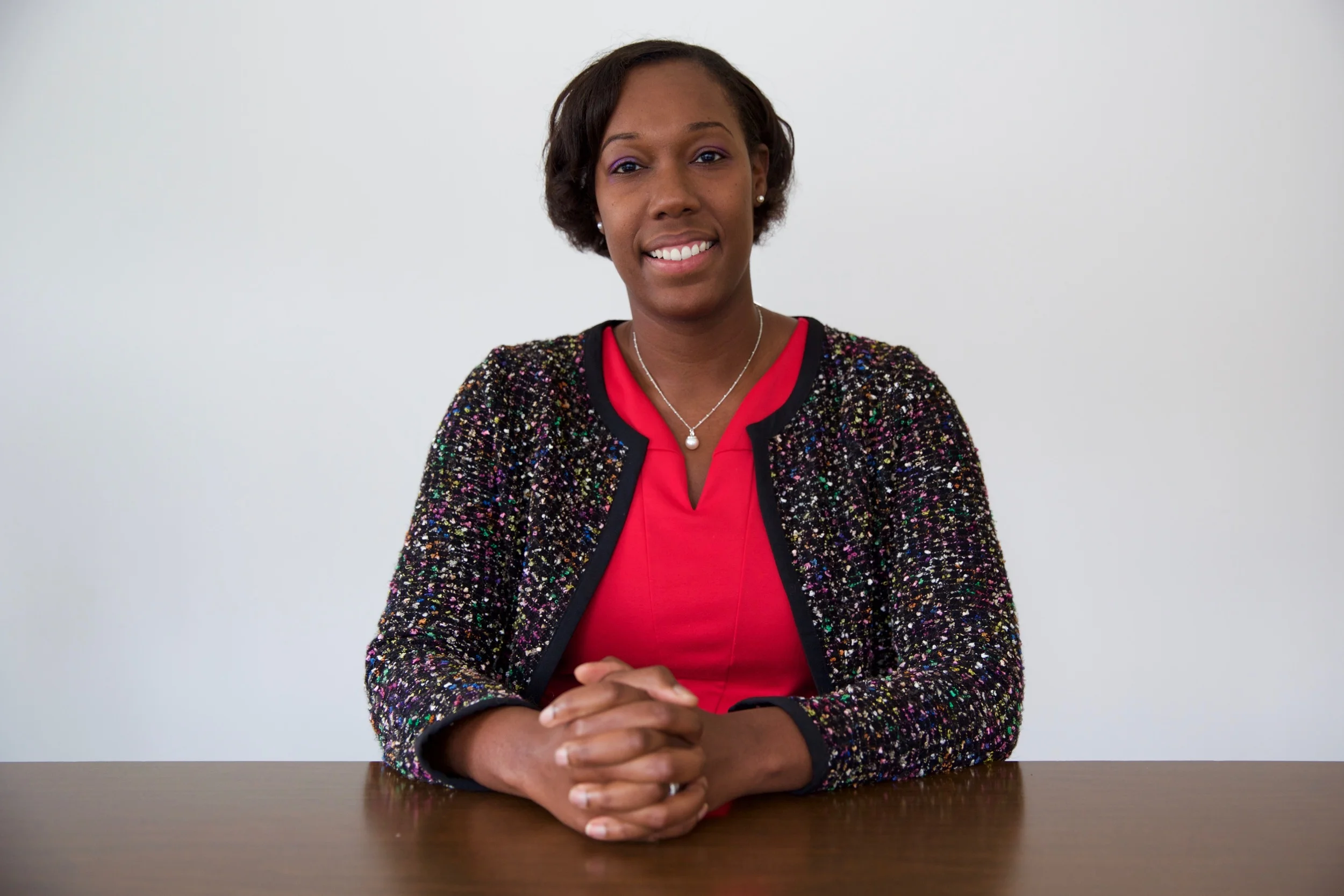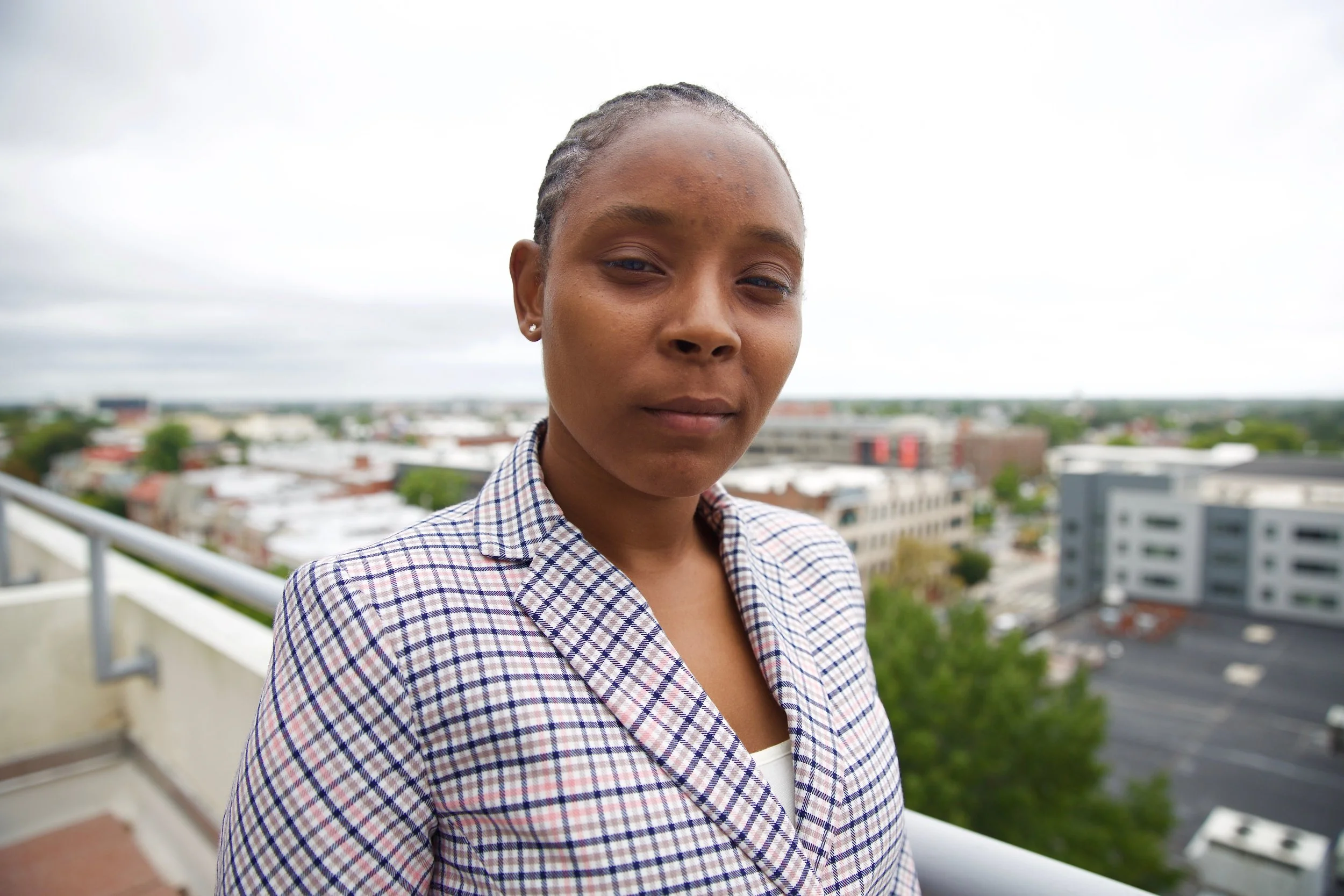Richmond Justice
STORIES + PORTRAITS
Mark | February 19, 2016
Mark Strandquist is an artist and activist. He co-directs Performing Statistics, a project of ART 180 in partnership with Legal Aid Justice Center connecting incarcerated teens with artists and attorneys in an effort to reform the juvenile justice system in the Richmond region. In December 2015, ART 180 received a $500,000 community innovation grant from the Robins Foundation to continue the work that Mark helped to begin last summer.
What would justice reform look like if it were led by incarcerated youth? And how could a variety of community experts—from attorneys to artists—support incarcerated youth by taking their visions of reform to those in power? These are the questions Performing Statistics has tried to answer. We use art to create a stage for conversations. And our activism is informed by the struggles of tens of thousands of young people.
Starting in 2014, we spent a year and a half developing the project. We held community meetings, public workshops, and other events, because we were determined not to do art to a community. We knew that the project would be most successful if we worked with individuals and organizations that had been fighting this fight for decades. Then, thanks to a partnership we formed with the Legal Aid Justice Center and the Richmond Detention Center, we were able to invite a group of incarcerated youth to start working with us last summer.
For three days a week over the course of eight weeks, we welcomed a group of incarcerated youth to leave the Richmond Detention Center and come to ART 180’s “Atlas” space. This is the antithesis of a jail—it’s window-filled, there were no guards in the room, and the kids were wearing their own clothes. We spent part of each week working with the Legal Aid Justice Center to learn about the juvenile justice system. And then the youth would work with an artist to take their deeper understanding of the system—together with the knowledge of their personal experiences—to create art through a wide range of media, including video and photo projects, silkscreened T-shirts, radio public service announcements, a newspaper, and even a police training manual.
“What would justice reform look like if led by incarcerated youth?”
The Chief of Police for the City of Richmond, Alfred Durham, has been incredibly interested and supportive. He came to ART 180 to see the exhibit, and the work spoke for itself. He read the kids’ journals, saw their art—and saw their expertise as well. We had a two-hour meeting with Chief Durham to discuss his impressions, and he said, “I need my recruits to see this.”
With Chief Durham’s support, we held a training for new police recruits at ART 180. It was immersive, a three-to-four-hour experience of looking at art that the teens made—the wood-burned messages in a replica jail cell, the photographs with their statements, the radio announcements. And then we led a dialogue. The recruits shared their reflections on the art, and their perspectives on policing. We were able to do this in a space where the teens’ art and visions set the stage; it created an amazing classroom. As a model for training in criminal justice and community building, it’s a very strong one.
The Center for Public Integrity released a report in 2015 documenting that Virginia leads all states in the nation in the number of referrals of students to law enforcement. That’s not where we should be leading. Other studies show us that half of the youth incarcerated in Virginia are between the ages of 8 and 14—and it costs more than $150,000 per child per year to lock them up. This project seeks to make the case for de-carceration from financial, human, family, and community perspectives. When you consider these numbers and then experience the art that some of these kids created—you hear their voices, you read their words—it’s a lot harder to support the status quo.
There’s a national conversation about crime and punishment that has created a moment in our country where justice reform is possible. And locally, there’s a police chief, a major foundation, and partners like Andy Block, the Commonwealth’s Director of Juvenile Justice, who are standing with us. We have a responsibility as a project and as a community to truly leverage this moment, because I don’t think it’ll last forever. If we don’t push hard, I’m not sure when we’ll have this opportunity again.
For the spring, my goals include formalizing the police training component of the project and trying to expand it across the state. And we’re doing a lot of work around the General Assembly session. One benefit of the way that we designed the exhibition materials is that they’re incredibly flexible—they can be set up anywhere, outside or inside. This is not art to hang up on a wall, but art to be deployed by a community to create change.
When using art to document the lives of people we too rarely get past a sense of otherness. But it’s my goal to create spaces where art does just that, embracing nuance to get past labels—criminal, felon, convict—that divide us. From a very young age, I have been interested in using art to bridge people’s histories or voices that had been silenced or excluded. And I have a criminal record. I’ve been in the system for a very short amount of time. Sharing air with someone is the quickest way to begin to see them as a whole human being. Every conversation about incarceration needs to start there.
—interviewed December 19, 2015








